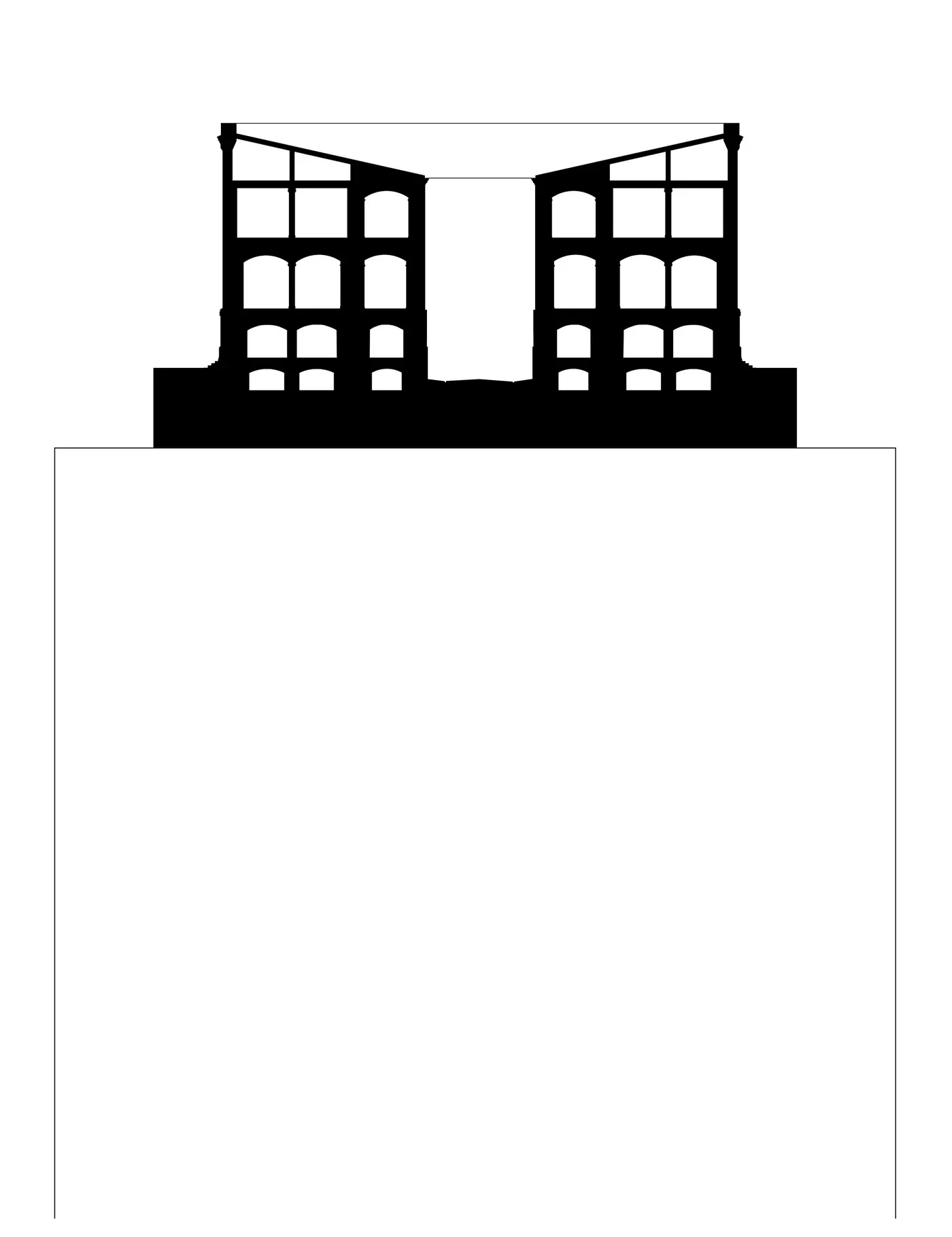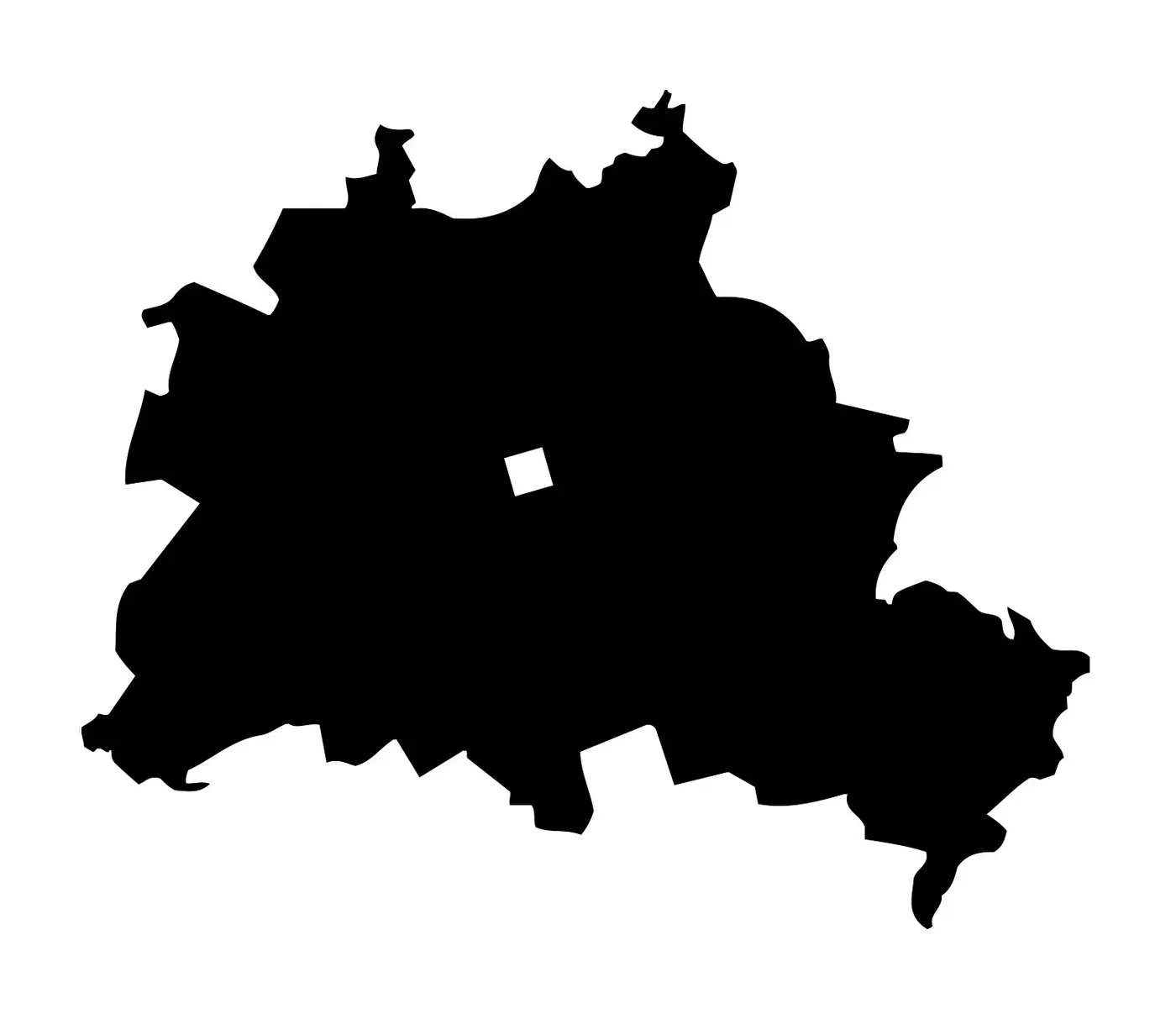Anousheh Kehar, Dejan Marković, Dubravka Sekulić, Milica Tomić, Wilfried Kuehn Bauakademie*
So viel Schinkel wie möglich
So viel Schinkel wie möglich prima facie seems to address only architectural reconstruction. In reality, So viel Schinkel wie möglich also points to the program: can the novel institution speak about architecture programmatically in the way Schinkel set up the Bauakademie as program?
What may become a conservative and even nostalgic act of historization, borrowing Schinkel’s name and claiming one of Berlin’s most important locations in order to create a place vis-à-vis the reconstructed Hohenzollernschloss, might as well become one of the most radically contemporary institutions in the field of architecture.
The radical thought propelling Schinkel’s Bauakademie in 1836 is to be found in the complexity of its program: a school of architecture bridging the gap between art and construction, between architectural theory and practice, between design and building industry, between historical thought and material culture; a public department of planning and building under one roof with the school; retail spaces on the ground floor and atelier and living spaces on the top floor integrated with the school and the public administration into one novel and heterogenous building typology.
Obviously, the positive tension and the complexity shown by this program inform Schinkel’s architectural design. It is a radically proto-modernist conceptualization of architectural practice in all its aspects. A program of this complexity, thought as a contemporary reinterpretation of Schinkel’s program and involving today’s institutions and players, will of course not fit into the historical building volume.
Reconstruction is not rebuilding
The reason to call for a new program is found somewhere else: it is the place itself that requires action. A central void to be filled and a historical shame to be overcome drive the search for a program to generate content for an otherwise hollow building volume.
If the Humboldtforum epitomizes the desire for an urban scenography achieved through reconstruction, it also stands for the pitfalls of a reconstruction that did not sufficiently involve program. In contrast to the palace re-enactment, the Bauakademie shall involve program from the start, even if it has not been its starting point.
Learning from Humboldtforum means not to consider the reconstructed architecture a container and instead treat it as content. Physical reconstruction is challenging; it is architectural theory and practice at once. It should not be done to generate urban scenography and it should not be done to accommodate program. The Bauakademie shall be reconstructed for intrinsic reasons of knowledge production.
By the same token, the program should not be developed in order to fill a building. It shall be created for intrinsic reasons of knowledge productions of a different kind. Acknowledging the extreme difference between the reconstruction of Schinkel’s Bauakademie as program and as building today, So viel Schinkel wie möglich will work in two distinct directions at once.
It will be decisive to establish the complex relations between program and building, rather than feigning their identity by fitting one into the other.
Nationale Bauakademie
Renaming the program Nationale Bauakademie instead of Bauakademie seems to establish a willful distinction between the historical and contemporary program. The question remains, whether in fact it qualifies as contemporary by being called national.
If a national institution is needed in order to create international relations, an important argument is turned upside down. The future Bauakademie is not one institution but rather its exact opposite: a collaborative network of existing institutions, located in Berlin and elsewhere. It is by definition a relational project.
As a network, the Bauakademie is a contemporary update of Schinkel’s multi-institutional program with the important distinction that in contrast to 1836 it is not to be found inside the much too small structure. The Bauakademie is to be found outside of the building.
This network already exists and it can be tightened as well as expanded when it is not constrained by a building. The collaborations evolve across scales and professions within and beyond what exists. And the existing constellation of schools, institutions, departments and users can begin to reconfigure connections to form a practice relevant to address the complexity of design today, with a goal of a practice in the making, or Bauakademie in the making.
A real academy
The Bauakademie will not be a place of collecting and exhibiting. It will not be a display case for architectural themes. It will not be a museum. It will be a real academy.
The Bauakademie will be as much Schinkel as possible by taking the 1836 program at face value. It needs to extend its network to institutions other than those so far listed as partners: involving universities as places of architectural education other than as archives, involving the public planning and building departments of the city other than the federal cultural diplomacy, involving concrete architectural practice rather than only its exhibition.
Transcending the limits of professional education and specialization, the Bauakademie will address the role of everyone in the production of architecture. It will be an academy for users and commissioners other than architects and planners. It will be a process by which the political and legislative decision making that informs architectural production will be made public as it happens.
While the architectural reconstruction may take place at the original site as a serious investigation of architectural knowledge, the Bauakademie will develop as a novel institution within the reality of architectural practice. Being forever an empty center, a hub not to be filled but to involve the existing institutions, the Bauakademie will resist the impulse to become a house.


So viel Schinkel wie möglich
So viel Schinkel wie möglich scheint auf den ersten Blick die Architekturrekonstruktion allein zu betreffen. Tatsächlich gilt So viel Schinkel wie möglich auch für das Programm: kann eine neuartige Institution geschaffen werden, die Architektur so programmatisch thematisiert wie Schinkel die Bauakademie als Programm konstituiert hat?
Was eine konservative, wenn nicht nostalgisch anmutende Historisierung zu werden droht, die in Schinkels Namen gegenüber dem rekonstruierten Hohenzollernschloss einen der wichtigsten Orte Berlins besetzt, kann auch eine radikal zeitgenössische Architekturinstitution werden.
Der radikale Gedanke hinter Schinkels Bauakademie ist 1836 die Komplexität des damaligen Programms: eine Architekturschule, die das Trennende zwischen Kunst und Bautechnik wie zwischen Theorie und Praxis überwindet, zwischen Entwurf und Bauindustrie wie zwischen historischem Denken und materieller Kultur. Die staatliche Bauverwaltung unter einem Dach mit der Schule ist programmatisch; Geschäftsräume im Erdgeschoss sowie Atelier und Wohnräume im Obergeschoss sind mit Schule und Bauverwaltung in eine ebenso neuartige wie heterogene Bautypologie integriert.
Die Positiv-Spannung und Komplexität dieses Programms wirken sich direkt auf Schinkels Architekturentwurf für die Bauakademie aus. Es ist eine radikal frühmoderne Konzeptualisierung architektonischer Praxis in allen ihren Aspekten. Ein Programm dieser Komplexität jedoch, als zeitgenössische Neuinterpretation des Schinkel-Programms im heutigen Maßstab und mit den Institutionen und Akteuren von heute, würde bei weitem nicht in das historische Bauvolumen passen.
Rekonstruktion ist nicht Wiederaufbau
Der Grund für die Suche nach einem neuen Programm liegt woanders: Der Ort selbst fordert Taten. Eine Leere an zentraler Stelle und eine nicht überwundene historische Schande treiben die Suche nach dem Inhalt für ein ansonsten leeres Gebäudevolumen an.
Verkörpert das Humboldtforum einerseits den Wunsch nach einer urbanen Szenografie durch Rekonstruktion, so steht es andererseits auch für die Fallstricke einer Rekonstruktion, die nicht programmatisch genug war. Im Gegensatz zur Schloss-Wiederaufführung soll die Bauakademie von Anfang an programmatisch konzipiert werden, auch wenn nicht ein neues Programm, sondern der leere Ort ihr Ausgangspunkt ist.
Vom Humboldtforum zu lernen heißt, die Architekturrekonstruktion nicht nur als Form, sondern vor allem als Inhalt zu verstehen. Die physische Rekonstruktion ist eine Herausforderung; sie ist architektonische Theorie und Praxis in einem. Sie sollte nicht in Gang gesetzt werden, um eine urbane Szenografie zu schaffen und sie sollte ebensowenig der Ausrede bedürfen, ein bestimmtes Raumprogramm aufzunehmen. Die Bauakademie soll auch physisch aus immanenten Gründen der Wissensproduktion rekonstruiert werden.
Aus dem gleichen Grund soll das Programm der Bauakademie nicht entwickelt werden, um ein Gebäude zu füllen. Es soll aus immanenten Gründen einer anderen Wissensproduktion geschaffen werden. In Anerkennung der extremen Unterschiede zwischen der heutigen Rekonstruktion von Schinkels Bauakademie als Programm und als Gebäude wird So viel Schinkel wie möglich gleichzeitig zwei völlig verschiedene Entwicklungsrichtungen bedeuten.
Es ist ausschlaggebend, die komplexen Beziehungen zwischen Programm und Gebäude einer Bauakademie zu bestimmen und nicht so zu tun, als seien sie identisch oder aufeinander abstimmbar, indem man das eine in das andere hineinpresst.
Nationale Bauakademie
Die Umbenennung in Nationale Bauakademie scheint eine absichtsvolle Unterscheidung zwischen historischem und heutigem Programm anzuzeigen. Fraglich ist jedoch, ob das Zeitgenössische des neuen Programms durch den Namenszusatz national richtig beschrieben ist.
Wenn eine nationale Institution erforderlich ist, um internationale Beziehungen zu schaffen, wird eine wichtige Debatte auf den Kopf gestellt. Die künftige Bauakademie ist nicht eine Institution, sondern eher das Gegenteil: ein kollaboratives Netzwerk vieler existierender Institutionen in Berlin und anderswo. Es ist per definitionem ein Projekt der Beziehungen.
Als Netzwerk ist die Bauakademie eine Aktualisierung von Schinkels multi-institutionellem Programm. Gegenüber 1836 jedoch findet sich dieses Programm heute nicht mehr im Gebäude. Die Bauakademie findet außerhalb des Gebäudes statt.
Dieses Netzwerk besteht bereits und kann erweitert und verdichtet werden, wenn es nicht von einem Gebäude begrenzt wird. Die Zusammenarbeiten entwickeln sich in verschiedenen Maßstäben und Professionen auch über die bestehenden hinaus. Und die vorhandenen Konstellationen von Schulen, Institutionen, Abteilungen und Nutzern können damit beginnen, ihre Beziehungen zu verändern, um eine den heutigen Entwurfsherausforderungen entsprechende Praxis zu entwickeln. Eine Praxis in the making oder eine Bauakademie in the making.
Eine wirkliche Akademie
Die Bauakademie wird kein Ort des Sammelns und Ausstellens und sie wird keine Vitrine architektonischer Themen. Sie wird kein Museum, sondern eine wirkliche Akademie.
Die Bauakademie wird so viel Schinkel wie möglich, indem sie das Programm von 1836 wörtlich nimmt. Sie wird das Netzwerk um andere Institutionen ergänzen: Universitäten als Orte der Architekturbildung und nicht nur als Archive, die öffentliche Planungs- und Bauverwaltung statt allein der öffentlichen Kulturdiplomatie, konkrete Architekturpraxis statt nur deren Ausstellung und Vermittlung.
Die Grenzen professioneller Bildung und Spezialisierung überschreitend, wird die Bauakademie die Rolle aller in der Architektur- und Raumproduktion in den Mittelpunkt stellen. Es wird eine Akademie für Nutzer und Auftraggeber, nicht nur Architekten und Planer. Politische und legislative Entscheidungsprozesse werden öffentlich, während sie stattfinden.
Während die Architekturrekonstruktion am Originalort als ernsthafte architektonische Untersuchung stattfinden kann, wird sich die Bauakademie als neuartige Institution innerhalb der architektonischen Praxis entwickeln. Ein immerwährendes leeres Zentrum, ein Drehkreuz, das nicht gefüllt wird, sondern die existierenden Institutionen logistisch verknüpft, widersteht die Bauakademie der Versuchung, ein Haus zu werden.